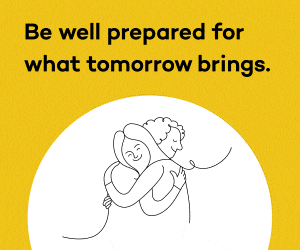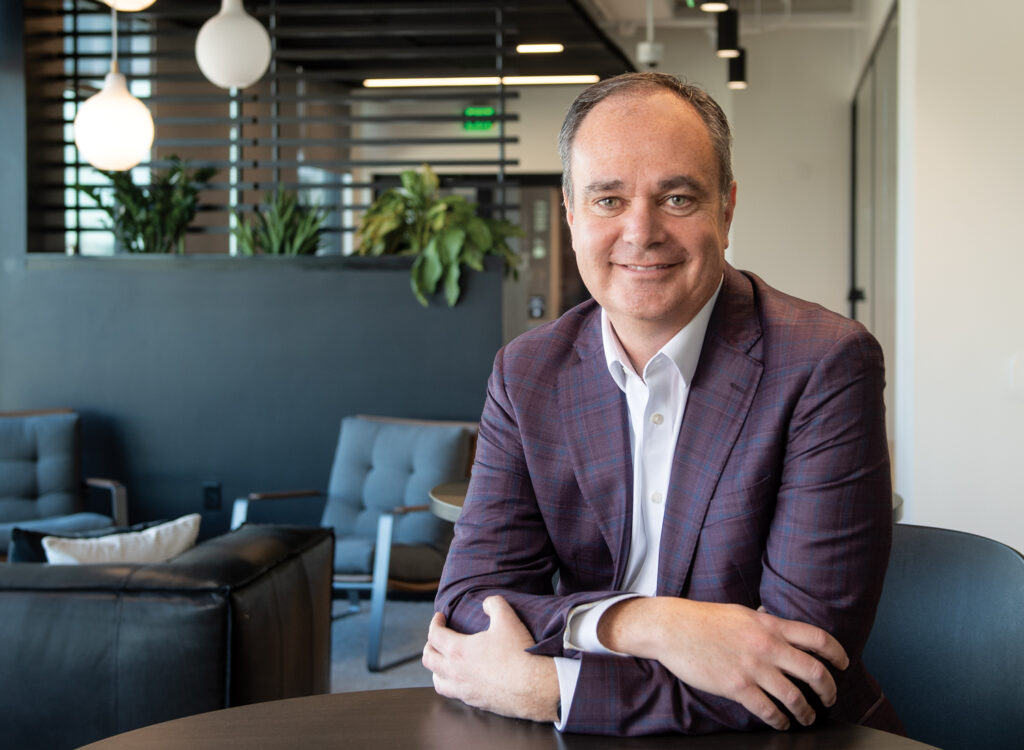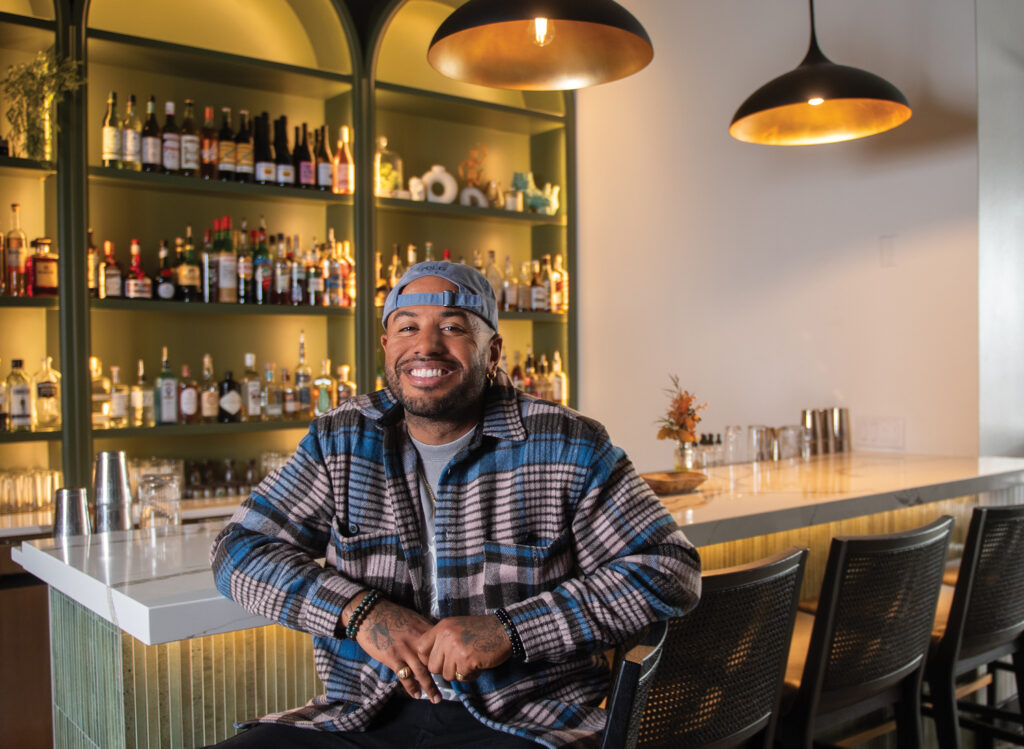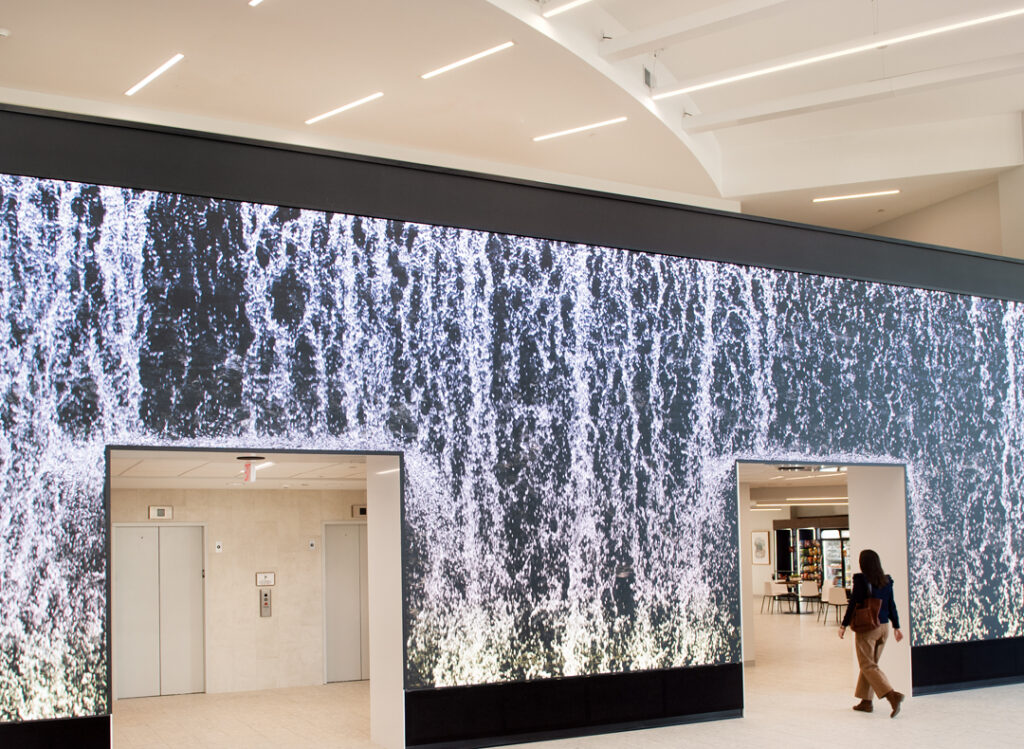NOTEBOOK: COVID-19 reshaping expectations around telemedicine

KATE HAYDEN May 28, 2020 | 8:15 am
1 min read time
263 wordsBusiness Record Insider, Health and Wellness, The Insider Notebook
Despite some historical lagging on the adoption of telehealth and telemonitoring services in the medical community, the COVID-19 pandemic is changing expectations overnight of how telemedicine can serve patients, health care providers and insurers, said Tom Evans, president and CEO of the Iowa Healthcare Collaborative.
“We’re learning a lot about what you can do and what you can’t do with videoconferencing for medical care,” Evans said. “The patients engage more, they become activated partners in their care. It takes less time for both the provider and the patient … [and] we can improve access to medical care across our rural state.”
Modern conditions previous to the pandemic have also primed society for telemedicine, Evans said: Medical facilities have access to electronic health care records, and most patients have smartphones and are used to using patient portals for bills and other status checks. Americans will need to focus on strengthening privacy and security around digital records and appointments to ensure telemedicine will remain a viable primary option once panic around the pandemic ends, Evans said, but he expressed optimism that patients with sufficient access to digital services will adapt quickly to new expectations.
“Some people worry that this may be generational — ‘the millennials will get this, but old guys like me, the boomers and the silent generation, won’t be able to turn the corner,’ ” Evans said. “The facts are that the boomers and the silent generation are one of the fastest adopters of some of this new technology, and they’re rapidly acquiring the skills.
“Future consumers will expect these services.”










